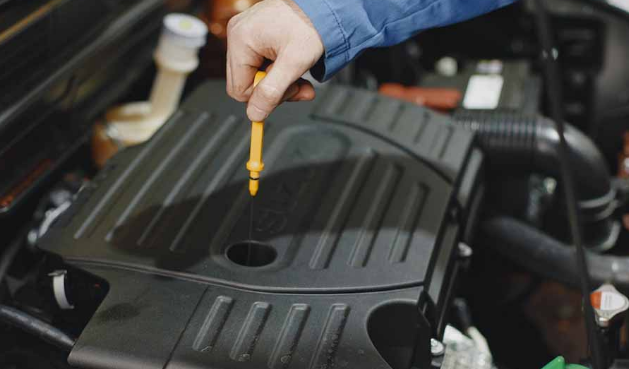A rod connecting two wheels, often referred to as a tie rod, plays a critical role in a vehicle’s steering mechanism. This component is responsible for transferring force from the steering center link or the rack gear to the steering knuckle, enabling the wheels to turn.
The Crucial Role in Steering
The tie rod serves as an essential part of the vehicle’s steering mechanism. It connects the steering system to the wheels, allowing the force applied to the steering wheel to turn the wheels. This function ensures that the driver maintains control over the vehicle’s direction.
Durability and Strength
Given the high stresses and demands placed on them, tie rods must be strong and durable. They are typically made from high-strength steel and are designed to withstand both the mechanical stress of steering and the impact stress from bumps and potholes. This durability ensures that the tie rod maintains its function, even under challenging driving conditions.
Critical to Vehicle Safety
Tie rods are critical to vehicle safety. A broken or worn tie rod can cause a loss of steering control, making the vehicle unsafe to drive. Regular inspection of the tie rods for signs of wear or damage is an essential part of vehicle maintenance.

Impact on Vehicle Alignment
Tie rods also impact vehicle alignment. If the tie rods are not adjusted correctly, it can lead to incorrect wheel alignment. This misalignment can cause uneven tire wear and poor handling. Regular alignment checks can help ensure that the tie rods are adjusted correctly, maintaining optimal vehicle performance.
Regular Maintenance and Inspection
Like any component, tie rods require regular maintenance and inspection to ensure their proper function. This includes checking for signs of wear or damage, such as loose connections or worn bushings, and replacing any damaged parts. Regular maintenance helps ensure the longevity of the tie rods and the safety and performance of the vehicle.
In conclusion, a rod connecting two wheels, or a tie rod, is a crucial part of a vehicle’s steering mechanism. Its function is vital for vehicle control, safety, and performance. Through regular maintenance and inspection, the longevity and functionality of these components can be ensured, contributing to overall vehicle safety and performance.
